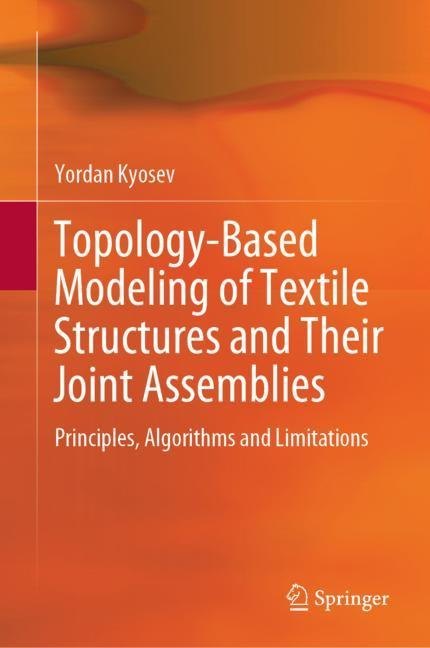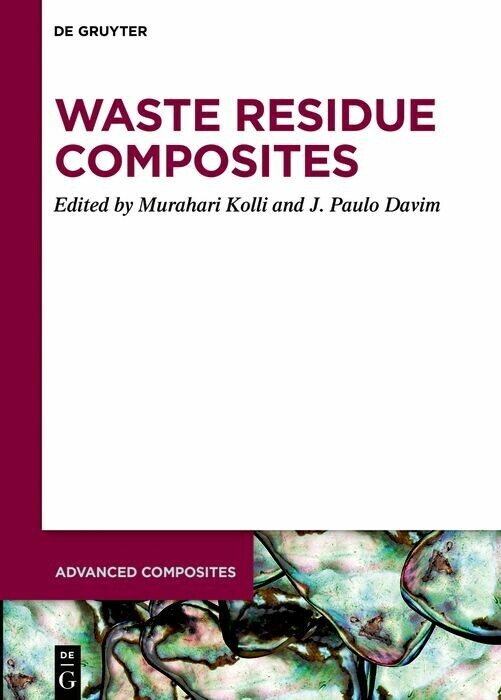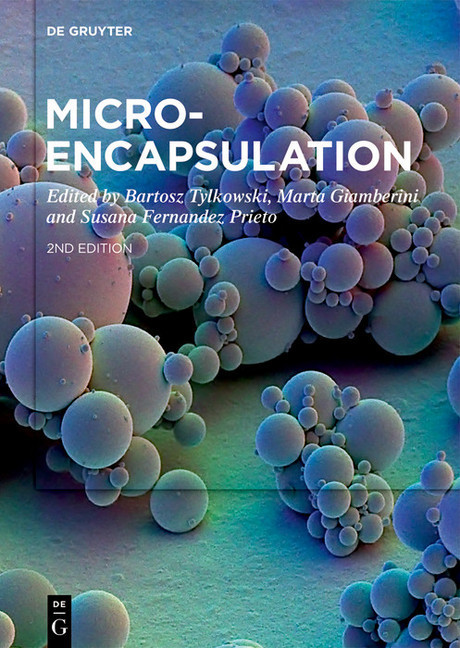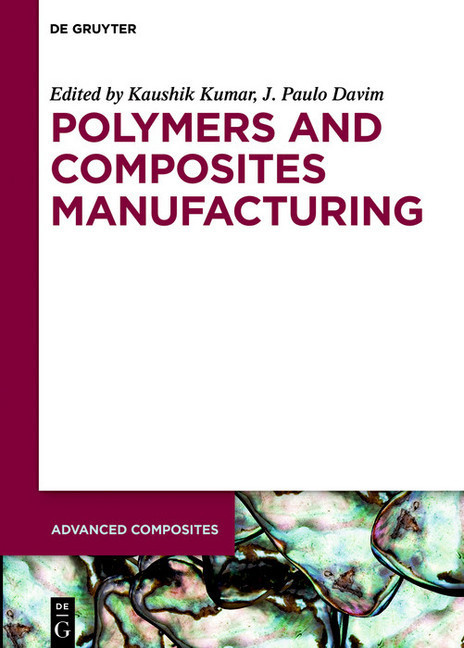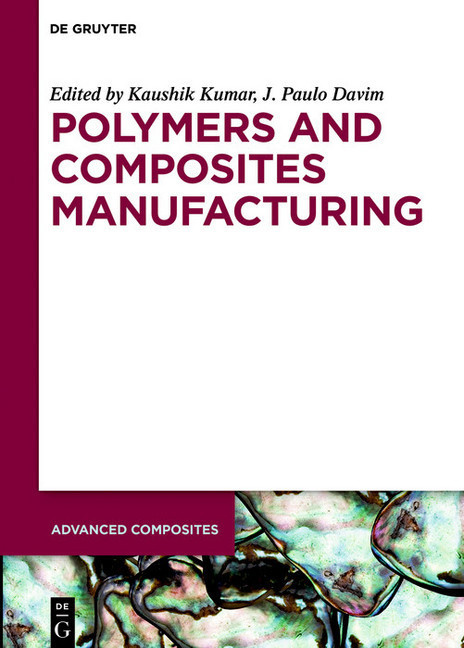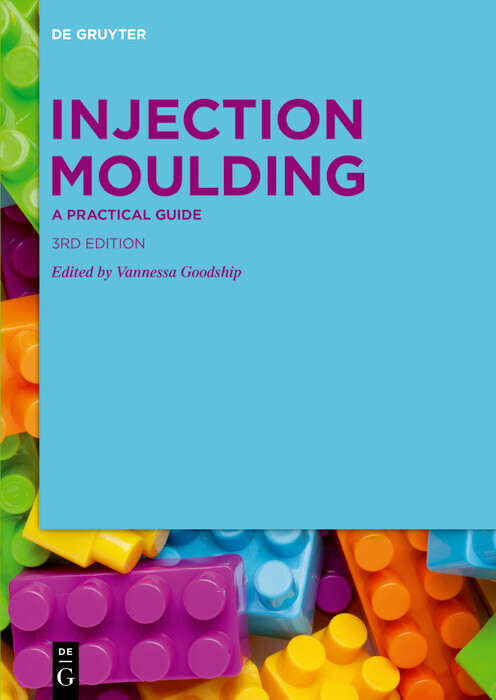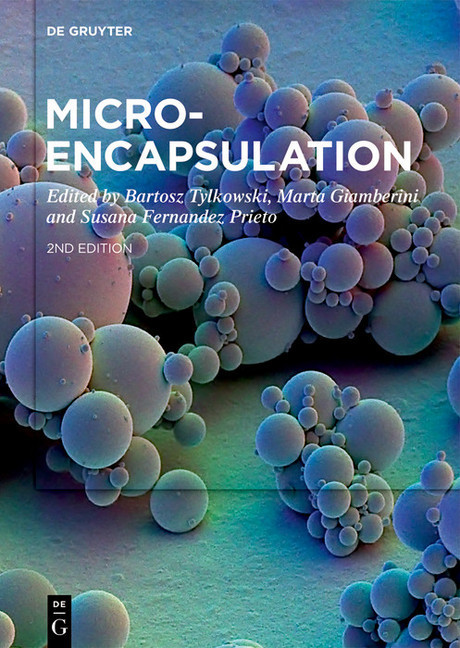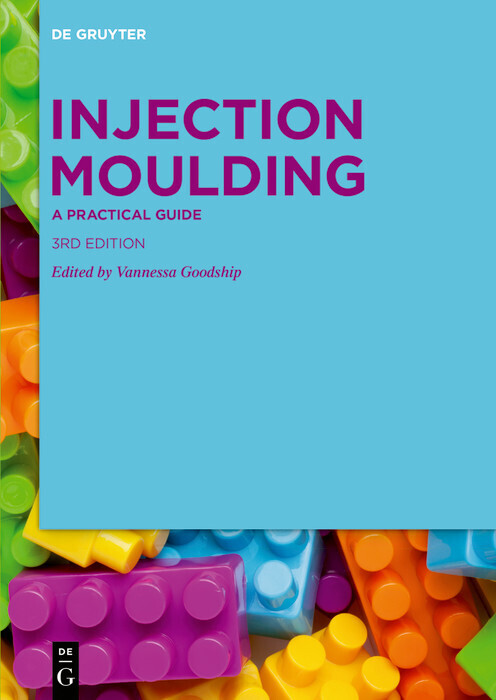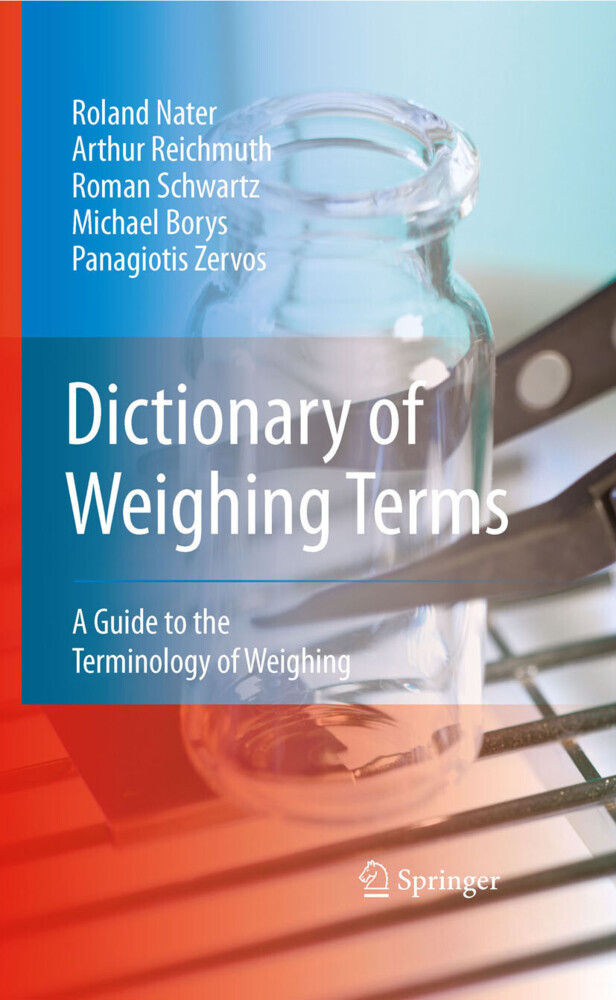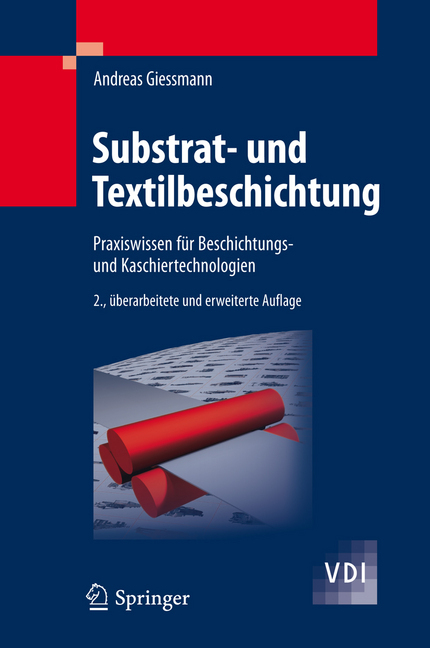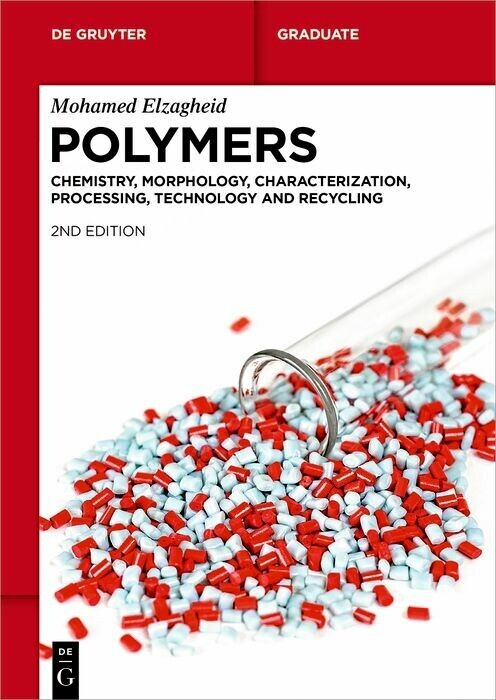Topology-Based Modeling of Textile Structures and Their Joint Assemblies
Principles, Algorithms and Limitations
Topology-Based Modeling of Textile Structures and Their Joint Assemblies
Principles, Algorithms and Limitations
This book presents the textile-, mathematical and mechanical background for the modelling of fiber based structures such as yarns, braided and knitted textiles. The hierarchical scales of these textiles and the structural elements at the different levels are analysed and the methods for their modelling are presented. The author reports about problems, methods and algorithms and possible solutions from his twenty year experience in the modelling and software development of CAD for textiles.
Dr Yordan Kyosev is Professor of textile materials, textile technology and quality management at the Faculty of Textile and Clothing Technology, Niederrhein University of Applied Sciences, Germany. He has extensive expertise in both braiding technology and mathematical modelling of braided products, and is the author of numerous publications on braiding, he is also the main developer of the leading braiding CAD software, Texmind Braider.
1;Preface;5 2;Formal Remark;7 3;Acknowledgements;8 4;Contents;9 5;Introduction;14 6;1 Introduction and Problem Definition;15 6.1;1.1 Modelling of Textiles;15 6.2;1.2 Strategies for Multiscale Modelling of Textiles;17 6.3;1.3 Content of the Book;19 6.4;References;19 7;Braided Structures;22 8;2 Topology Based Models of Tubular and Flat Braided Structures;23 8.1;2.1 Introduction;23 8.2;2.2 State of the Art;23 8.3;2.3 3D Models of Braids with Floating Length of Two (Regular Braids);26 8.4;2.4 Generalized Model for Yarn Path of Braid with Arbitrary Floating Length;28 8.5;2.5 Multiple Yarns in a Group;30 8.5.1;2.5.1 Where Is the Problem?;32 8.5.2;2.5.2 Topology Based Solution of the Mechanical Problem;33 8.5.3;2.5.3 Flat Braids with Multiple Yarns in a Group;36 8.6;2.6 Triaxial Briads;38 8.7;2.7 Configuration for Different than 45° Braiding Angle;41 8.8;2.8 Conclusions;44 8.9;References;44 9;3 Evaluation of the Properties of Braided Structures Based on Topological Models;46 9.1;3.1 Introduction;46 9.2;3.2 Relation Between the Braiding Angle and the Elongation of the Braided Products;46 9.3;3.3 Relation Between the Braiding Angle and the Braiding Diameter During Axial Deformation;49 9.4;3.4 Unit Cell Geometry;50 9.5;3.5 Yarn Compression and Jamming Limits;56 9.5.1;3.5.1 Notice on the Geometrical Models;59 9.6;3.6 Cover Factor for Biaxial Braids;60 9.7;3.7 Cover Factor for Triaxial Braids;62 9.8;3.8 Characteristic Points of the Force-Elongation Diagram;66 9.9;3.9 Yarn Length Per Unit Length of Braid;68 9.10;3.10 Weight Per Meter;71 9.11;3.11 Conclusions;71 9.12;References;71 10;4 Process Emulation Based Development of Braided Structures and Machines;73 10.1;4.1 Introduction;73 10.2;4.2 Task Definition;74 10.3;4.3 Virtual Machine Components;75 10.4;4.4 Track Based Model;79 10.4.1;4.4.1 Method;79 10.4.2;4.4.2 Automated Track Generation;82 10.4.3;4.4.3 Problems with Track Based Models;84 10.5;4.5 Horn Gear Based Model;85 10.6;4.6 Automated Carrier Arrangement;86 10.6.1;4.6.1 Motion Emulation and Build of Simplified Virtual Braid;88 10.7;4.7 Algorithm Implementation;90 10.8;4.8 Simulated Braids;90 10.9;4.9 Future Steps;93 10.10;4.10 Conclusions;94 10.11;References;94 11;Knitted Structures;96 12;5 Topological Modelling of Knitted Structures;97 12.1;5.1 Classification of Knitted Structures;97 12.2;5.2 Scales in the Structure;99 12.3;5.3 Structural Elements of Knitted Structures at Meso-scale;101 12.4;5.4 Topology Description;101 12.5;5.5 Loops and Loops Only Based Knitted Structures;103 12.5.1;5.5.1 Early Analytical Models for Geometry Relations of Knitted Loops;104 12.5.2;5.5.2 Analytical Model of Choi;105 12.5.3;5.5.3 Extended Analytical Model for Elliptical Yarn Cross Section;105 12.5.4;5.5.4 Topology Using List of Key Points;109 12.5.5;5.5.5 Software for Loop Based Structures on One or Two Needle Beds;112 12.6;5.6 Hold Loops and Tuck Loops;112 12.7;5.7 Plating Loops;113 12.7.1;5.7.1 Underlaps in Plated Loops;121 12.7.2;5.7.2 Transferred Loops;125 12.8;5.8 Plated Loops in Double Needle Bed Structures;125 12.9;5.9 Weft Insertion;126 12.10;5.10 Weft and Warp Yarns Reinforced Knitted Structure (MLG);129 12.11;5.11 Other or Modified Structural Elements;133 12.12;5.12 Conclusions;133 12.13;References;134 13;6 Truss Framework Model for Warp Knitted Structures;136 13.1;6.1 Warp Knitted Structures as Truss Framework;136 13.2;6.2 Related Works;136 13.3;6.3 Theoretical Background of the FEM for Truss Based Frames;138 13.4;6.4 Implementation;141 13.5;6.5 Boundary Conditions;141 13.6;6.6 Implementation and Verification;142 13.7;6.7 Possible Extension for Double Needle Bed Structures;142 13.8;6.8 Limitations of the Method;146 13.8.1;6.8.1 Stiffness Matrix and Singularities;146 13.8.2;6.8.2 Model Limitations;149 13.8.3;6.8.3 Elasticity Module of the Trusses;150 13.9;6.9 Conclusions;152 13.10;References;152 14;Woven Structures and Sewing Stitches;153 15;7 Notes About Topological Methods for Woven Structures;154 15.1;7.1 Introduction;154 15.2;7.2 S
Kyosev, Yordan
| ISBN | 9783030025410 |
|---|---|
| Artikelnummer | 9783030025410 |
| Medientyp | E-Book - PDF |
| Copyrightjahr | 2019 |
| Verlag | Springer-Verlag |
| Umfang | 238 Seiten |
| Sprache | Englisch |
| Kopierschutz | Digitales Wasserzeichen |

